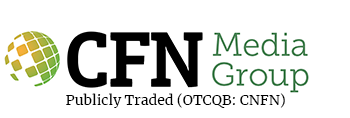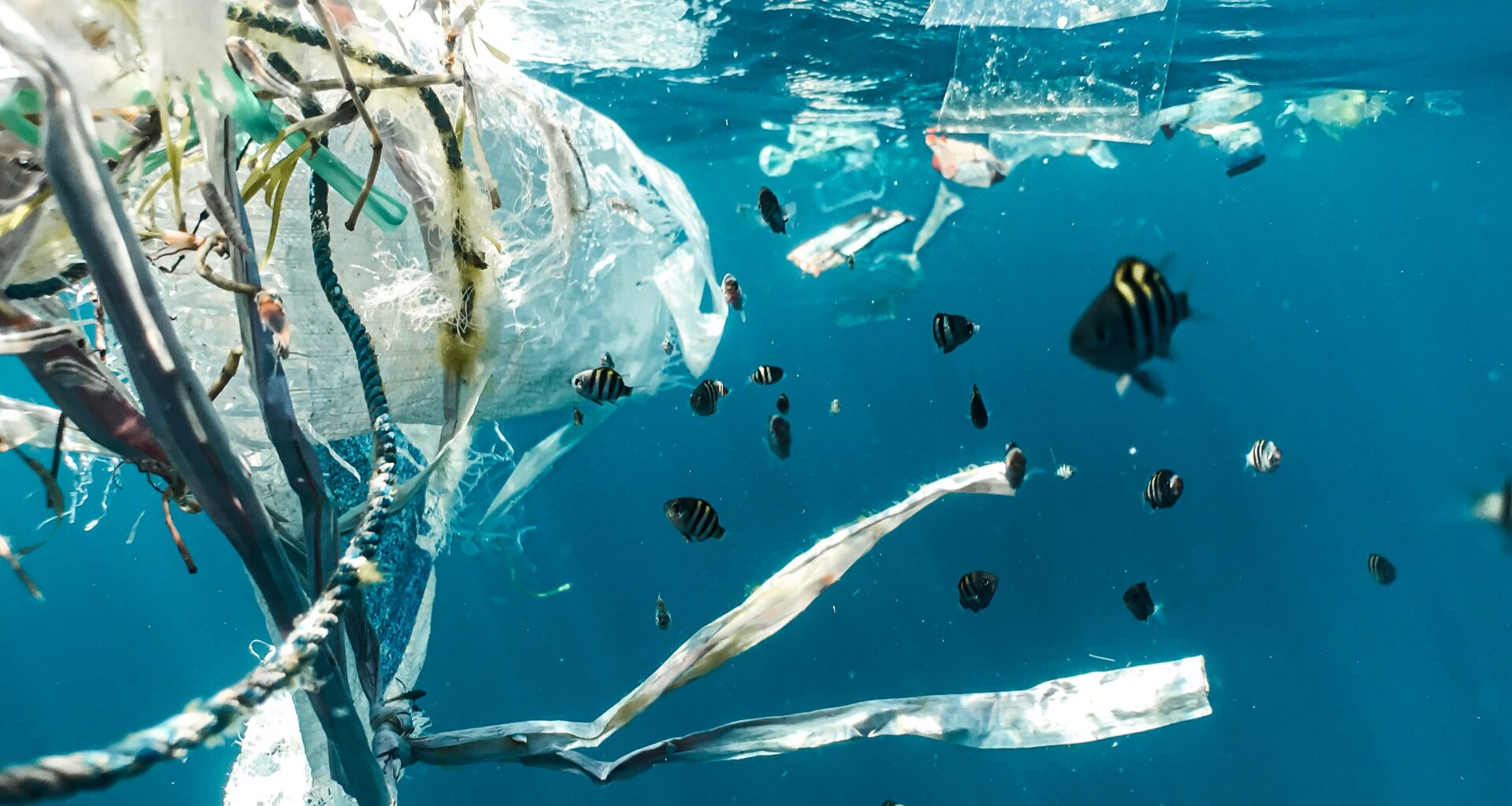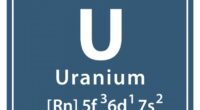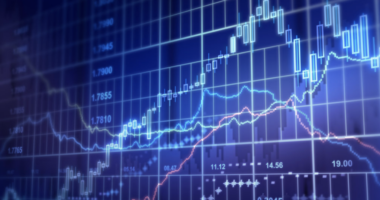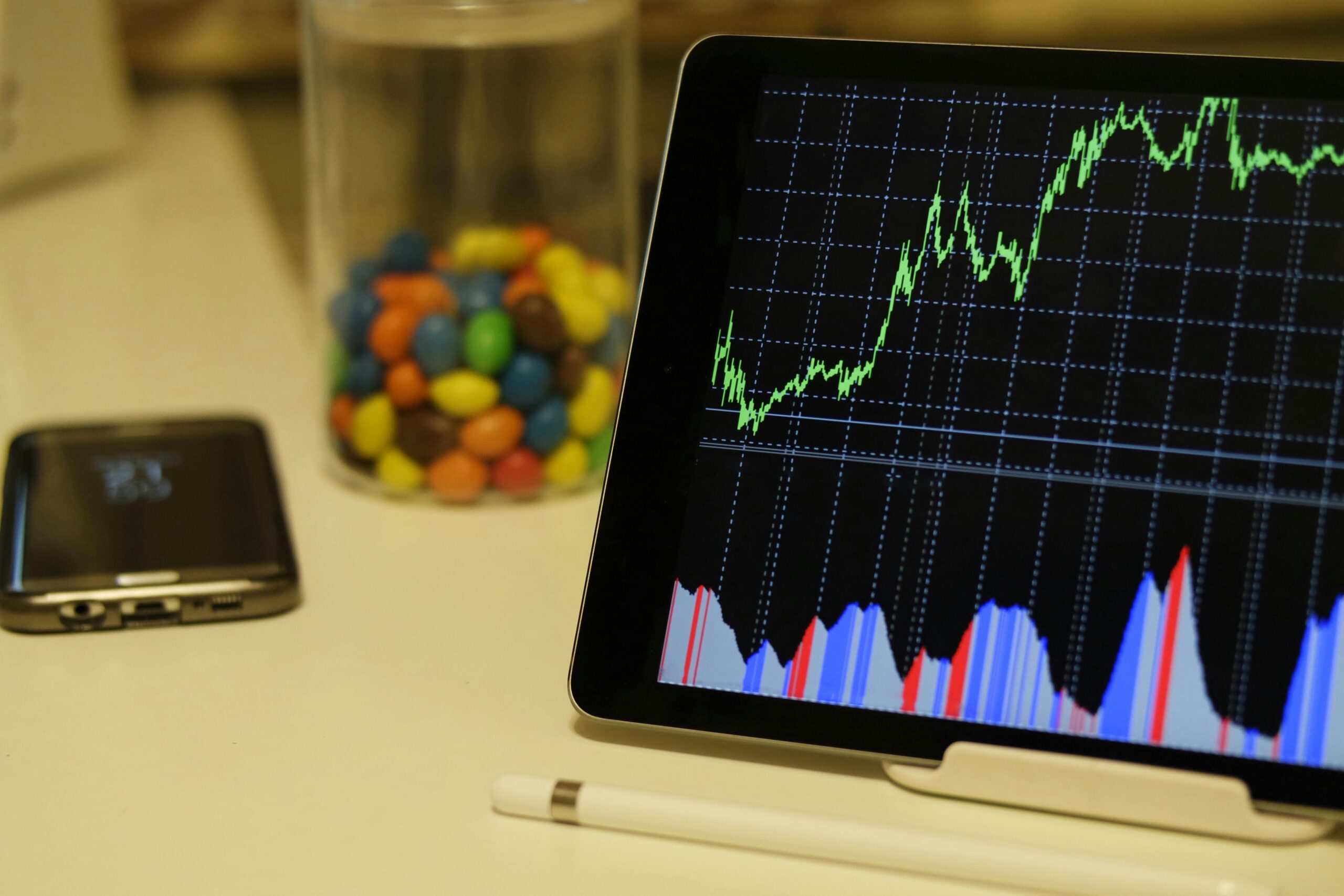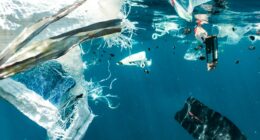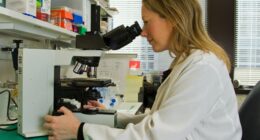The United Nations Environment Programme is in charge of finalizing an international plastics treaty by the end of 2024. The treaty takes a comprehensive approach that addresses the full life cycle of plastic, including its production, design, and disposal. The goal is to end, or in reality severely limit, pollution from plastic waste. 175 nations signed onto the agreement that set the treaty negotiation process in motion. So far, there have been four working sessions, with the most recent one wrapping up in Ottawa, Canada, earlier this week. The final session will take place in November in Busan, Republic of Korea, and a treaty is expected to be produced by the end of the year.
The problem of plastic waste is so large that it must be addressed from several angles. The main goal of the Programme is “To promote sustainable production and consumption of plastics through, among other things, product design and environmentally sound waste management, including through resource efficiency and circular economy approaches.” There are a lot of things going on in this statement, but one of the aspects that should be highlighted is the concept of a ‘circular economy approach.’ This is mostly recycling, with some reusing thrown into the mix.
The circular economy is a lofty goal and seemingly very far away from reality right now. To put it simply – recycling technology is not up to the task. Many kinds of plastic simply cannot be recycled either through traditional physical or advanced methods. Reuters took a look at 30 projects around the world and found failure after failure. Most of the projects examined by Reuters use pyrolysis as the catalyst for the recycling process. Pyrolysis involves the application of intense heat to break down plastic into its molecular components. Pyrolysis projects have been proposed and scrapped over the past 20 years due to technical and commercial limitations. Regardless, companies keep trying to make it viable.
Even if pyrolysis were proven to work, there would be high carbon emissions from the process and the large amount of energy required to fuel the system. Countries also want to achieve net zero emissions, so the best possible solutions would be more efficient and less energy-intensive than current iterations.
Hydrochemolytic™ Plastic Upgrading
A little company in Canada, still in the pre-commercial stage but garnering a lot of interest from potential customers, is changing the status quo with a whole new approach to the problem. After years of technical and scientific development behind the scenes, Aduro Clean Technologies Inc. (CSE: ACT) (OTCQX: ACTHF) (FSE: 9D50) is introducing its Hydrochemolytic™ technology (HCT™) to the market. HCT is a water-based chemical process that converts various plastics into reusable products.
HCT Technology is explained quickly and simply in this video, part of a deeper dive into Aduro Clean Technologies and its innovation in the plastics industry.
HCT offers significant advantages over both traditional mechanical recycling and pyrolysis.
- The HCT technology filters out problematic resins and contaminants that hinder current approaches.
- HCT can process polypropylene, polyethylene, and polystyrene, making up 70% of municipal plastic waste.
- HCT produces a very high yield of valuable liquids from plastic, which can be used to create new plastics and various other chemical products.
- The technology’s modular design is adaptable to applications of almost any size, from small remote locations to large municipalities and chemical plants.
It operates at a lower temperature than pyrolysis, which means it uses less energy to operate. It also requires much less sorting/cleaning than anything currently on the market. And HCT’s scalability may be a key feature if it is to succeed. Many of the recent failed projects involved very large facilities that were costly to build and run and required a high volume to be economically viable.
Aduro’s approach allows for much smaller scale projects that can be adapted to all sizes of communities and businesses, allowing the company to prove and improve its processes without having to build a huge facility. Aduro’s business model involves licensing its technology to customers who will invest in the construction themselves.
The Market
Only 10% of the approximately 400 million tonnes of plastic waste produced annually is currently recycled, leaving 360 million tonnes of opportunity currently being dumped in our landfills, littering our environment, or polluting the air due to incineration. According to the Organisation for Economic Co-operation and Development, global plastic production is expected to triple to over 1.3 billion tonnes by the year 2060.
The mix of polymers utilized is expected to remain fairly stable. Polypropylene, polystyrene, polyethylene combined are expected to account for 50% of all plastics made, as they do now. These are the types of plastics best suited for the HCT process, though other types may also be candidates for the system. 50% of the current market equates to over 200 million tonnes/year, while the 2060 target would calculate to 650 million tonnes/year.
We don’t yet know the pricing of Aduro’s licenses, but one can imagine the capture of even a small fraction of this sizable market would have a major impact on the company’s valuation. Aduro’s market cap is currently around $70 million.
The Upshot
It’s possible the stock market is waiting on Aduro to fully commercialize its platform and produce revenue. That’s not the way some peers have been treated, with much larger valuations achieved in the pre-revenue phase. The fact that Aduro only very recently began to introduce potential customers to HCT through its Customer Engagement Program may be another factor. The company plans to have a commercial scale pilot plant completed by year’s end or so, right about the time the UNEP should be finalizing the 175 nation treaty to end plastic waste.
Aduro recently shared incredibly efficient results from its polypropylene test runs, representing just a sampling of the testing the company has completed utilizing various feedstocks for its potential clients. 95% of the polypropylene was converted to highly saturated hydrocarbon feedstock that doesn’t require further processing to be used to form commercially viable second generation products. Only 5% went to waste, as carbon and fuel gas.
With results like these in an industry that is growing almost exponentially, fueled by major corporate and international pledges to invest in plastic waste solutions, Aduro Clean Technologies appears to be well positioned to be a key cog in the development of a circular plastic economy. Stay tuned.
image sources
- naja-bertolt-jensen-BJUoZu0mpt0-unsplash: Photo by Naja Bertolt Jensen on Unsplash
